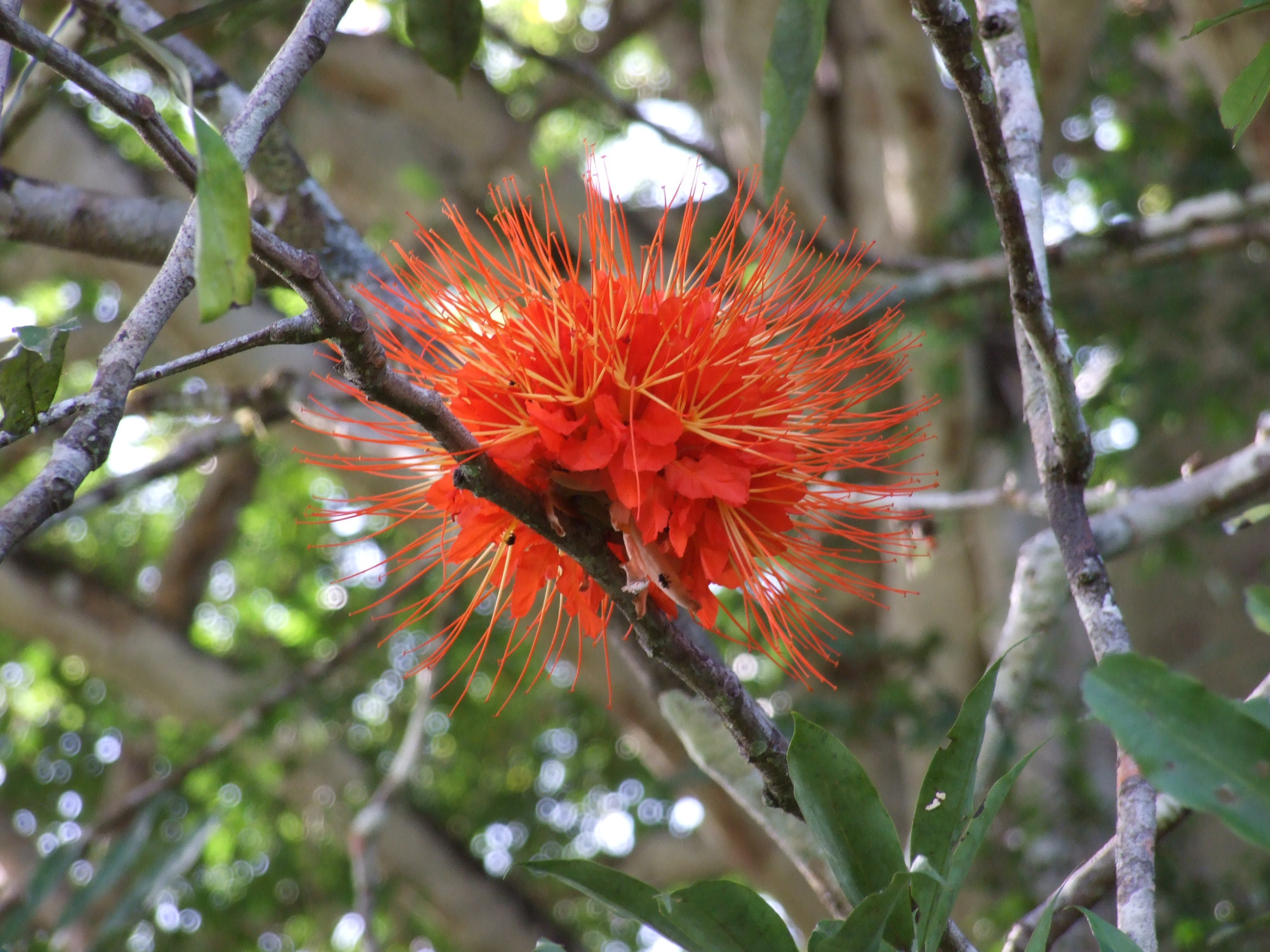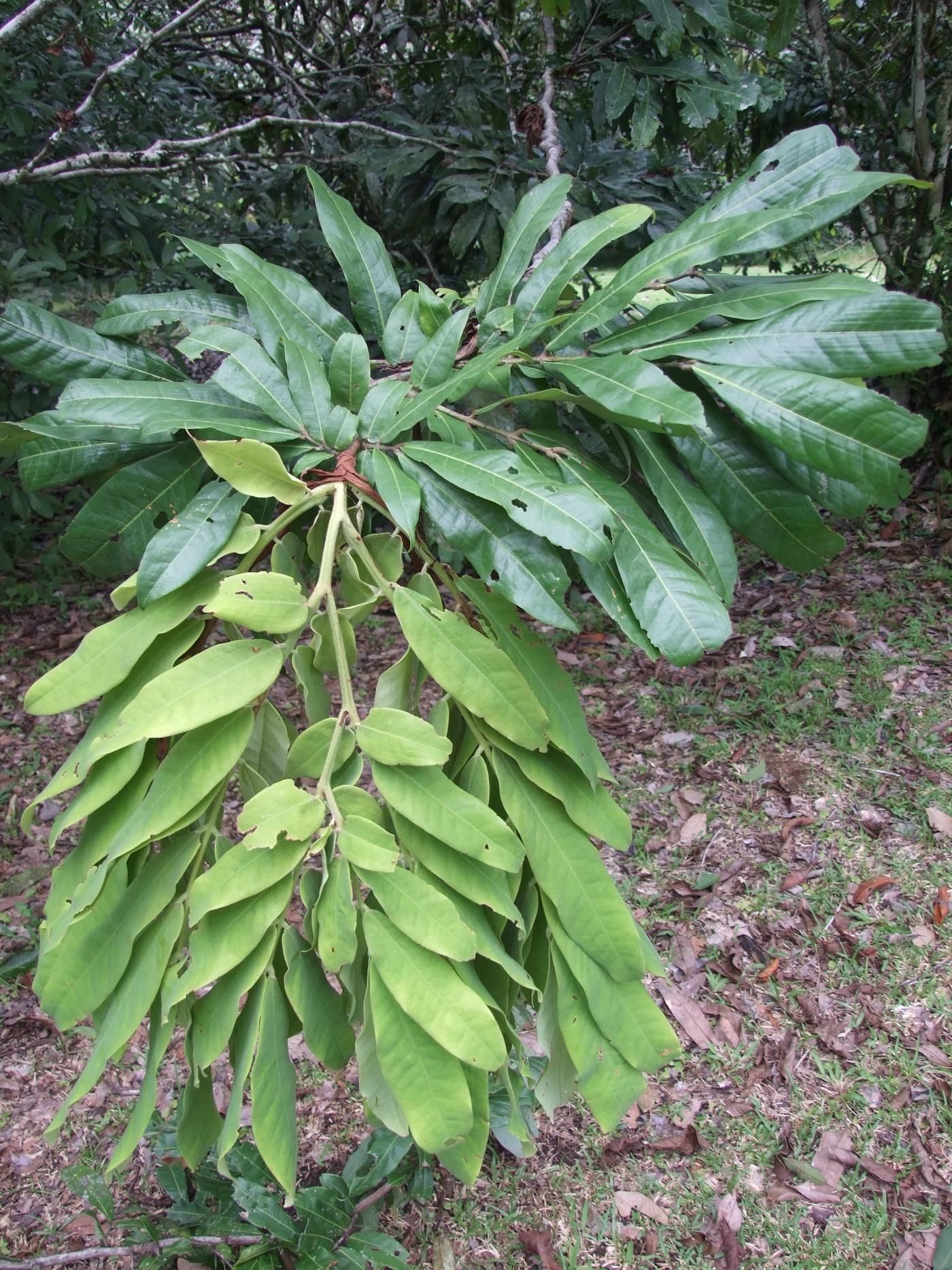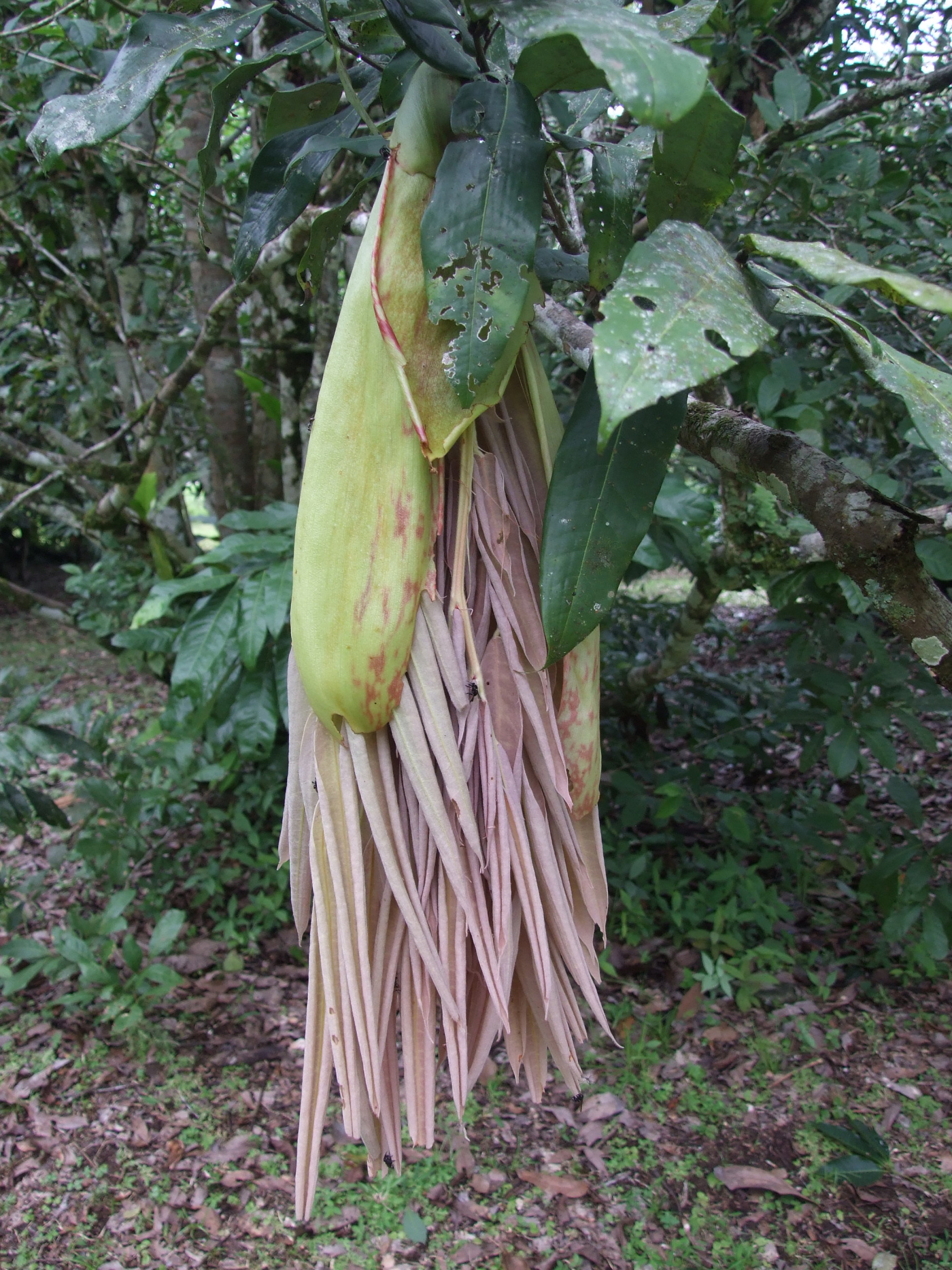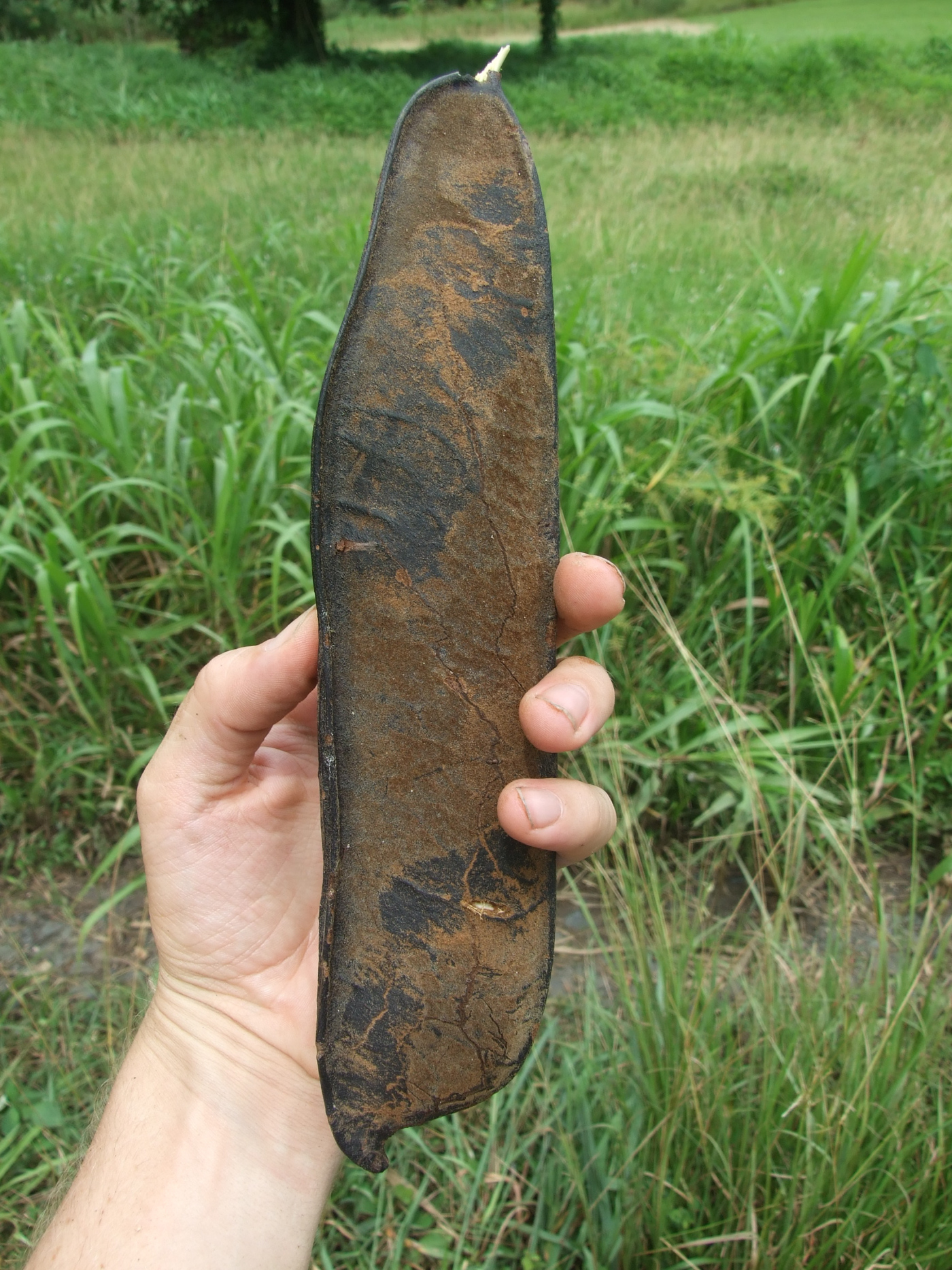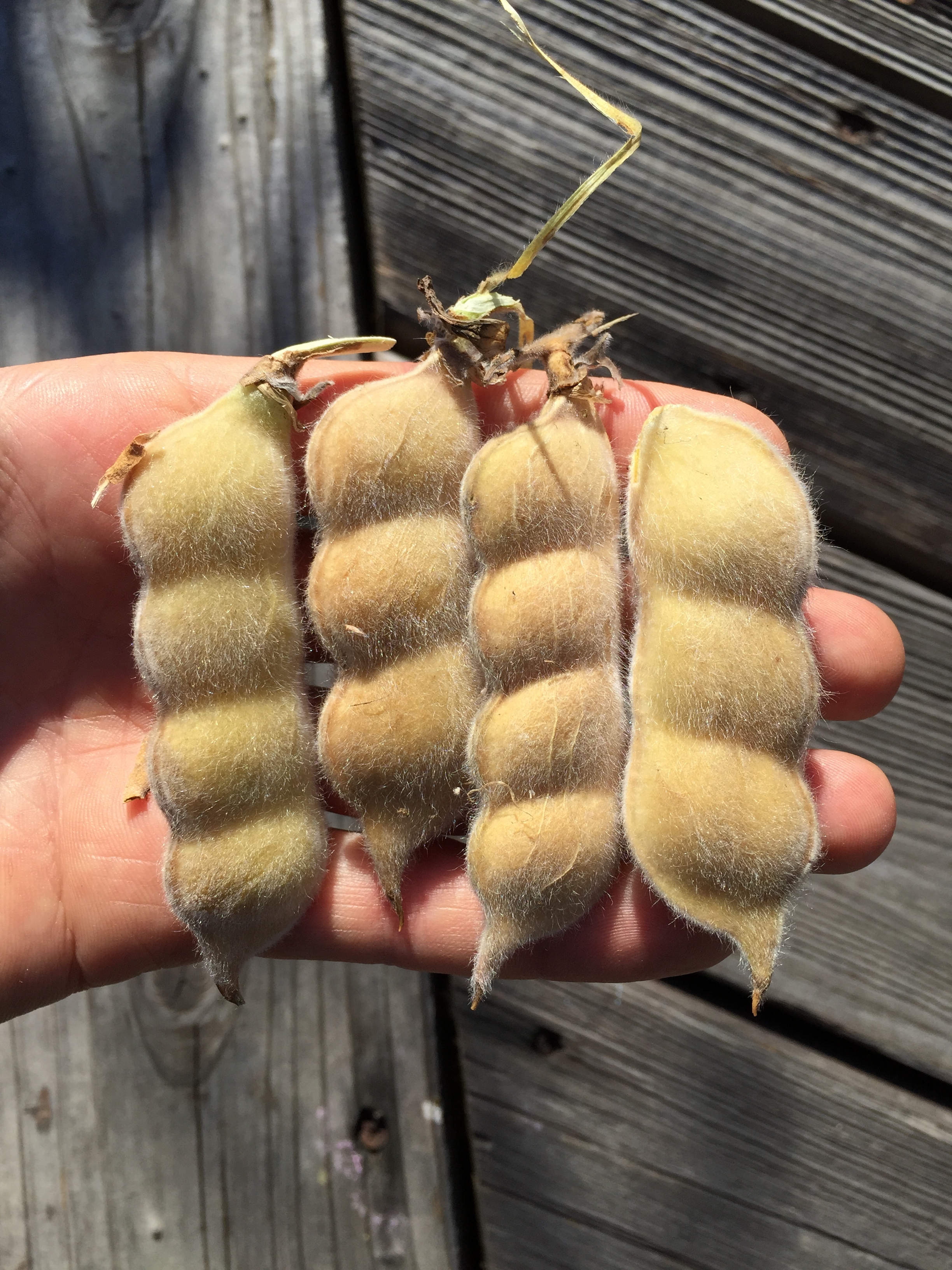The seeds can be eaten raw or cooked and are a good source of protein and fats. The fruit is edible, somewhat astringent until fully ripe (almost falling off), then very good and produced in large quantities. Fruits ripen in the middle of winter when few other fruit are available. Fruit will grow to be 3 cm long by 1 cm wide when ripe.
The fruit of all Elaeagnus species are a rich source of vitamins and minerals, especially vitamins A, C and E, flavinoids and other bio-active compounds. The fruit is also a good source of fatty acids, which is unusual for fruit.
Reportedly, current research indicates that consumption of the fruit greatly reduces the incidence of cancer in humans. Not only that but the compounds in the fruit are possibly capable of slowing or even reversing the growth of cancers that are already in the body.
Flowers are inconspicuous but emit a very agreeable aroma.
PROPAGATION, CULTIVATION AND USE IN SUSTAINABLE FOOD SYSTEMS
The plant is nitrogen fixing, meaning its roots have a symbiotic relationship with certain soil bacteria which form nodules on the roots of the plant and fix atmospheric nitrogen. Some of this nitrogen is used by the plant itself for its own growth, however some of the nitrogen is also available for plants growing nearby. Thus, planting E. ebbingei near other food crops can improve growth and increase productivity.
Due to the versatility of this plant, it has a wide range of uses for use in regenerative agriculture, permaculture, and agroforestry systems. It can grow in full sun or shade and can handle hot dry summers.
Elaeagnus can have a vine-like growth habit, especially when growing in the understory of a larger tree. Prune back annually to keep the plant contained as a dense hedge or shrub, the plant can take heavy pruning and produces abundant biomass.
Elaeagnus is very wind tolerant and can be utilized as a superior windbreak. It is also highly salt tolerant. It can be heavily pruned as a hedge or let to grow freely, reaching 5 m in height.
I have planted this species in temperate Europe and the Mediterranean Basin, as well as in California, its a tough shrub with with many diverse uses. I believe Elaeagnus ebbingei has major potential for use in sustainable agriculture systems and deserves further investigation, selection and development of superior fruit / seed varieties.






